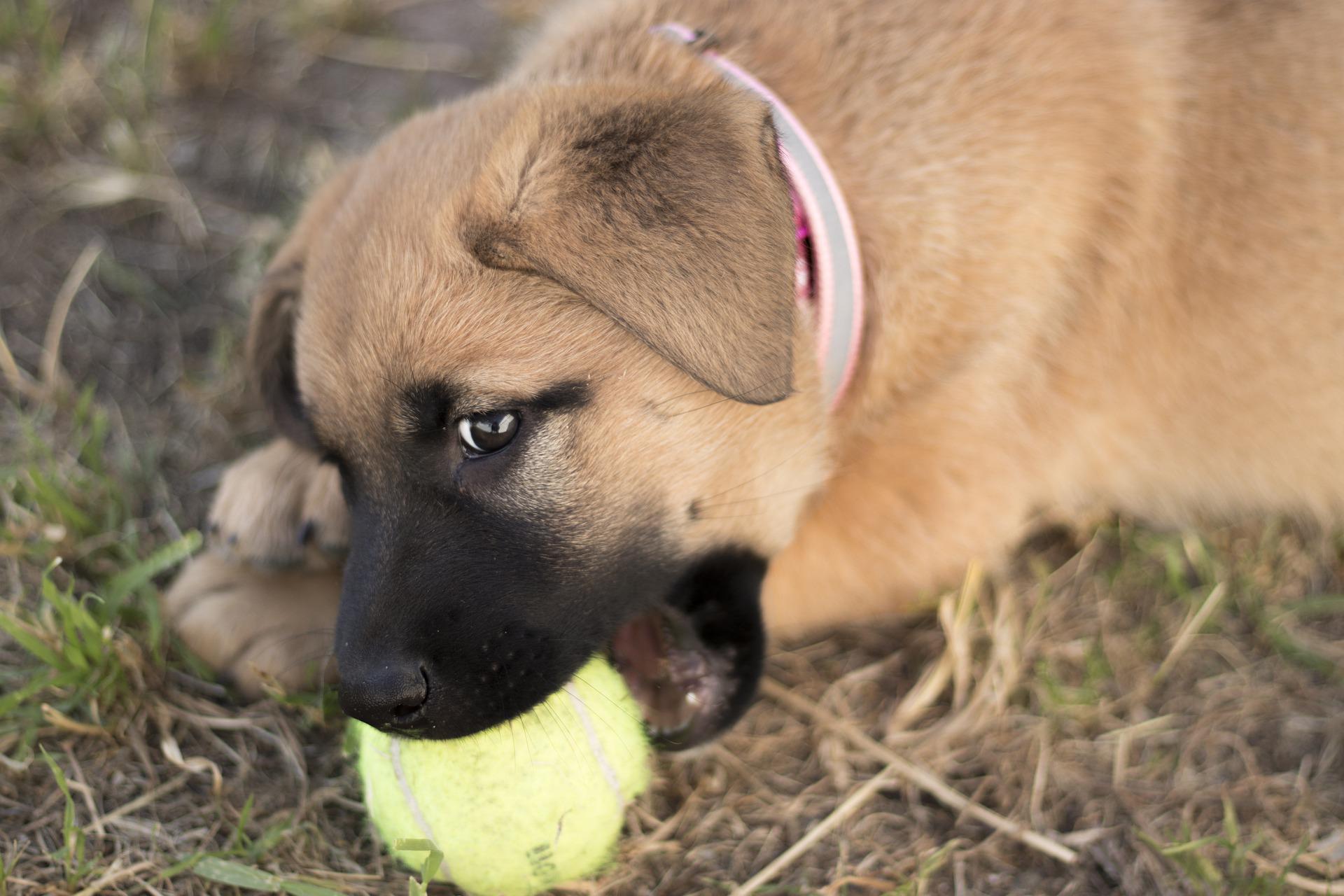Puppy Diet and Allergies
There are several differences between puppy diet and allergies, and a good way to determine if your dog is sensitive to certain foods is to examine his or her current diet. An allergy can develop when your pet’s immune system wrongly interprets the protein found in food. This reaction results in a host of unpleasant symptoms, including itchy skin, ear infections, and diarrhea. Food allergies usually begin when your pet is younger than seven years old, but they can also occur at any age. If your pet eats the same food for months or years, the chances of developing allergies increase.

One of the most reliable methods for diagnosing food allergies in dogs is through a dietary elimination trial. This involves gradually feeding a dog’s diet containing only certain foods until symptoms appear. However, this method can be costly, and is not always accurate. An elimination diet is the best way to find out which foods your dog is sensitive to and which ones are safe for him. This process may require as many as eight weeks of trial feeding to determine which foods are causing gastrointestinal problems in your puppy.
If a puppy suffers from food allergies, it’s important to reintroduce the original ingredients of his or her diet slowly. This will give you a clearer picture of what causes your pet to become allergic to a specific food. If the reaction lasts less than two weeks, your dog may be sensitive to a different food. Then, reintroduce the new ingredients one at a time.
Allergies can be difficult to diagnose, and there are several foods that may be linked to them. Consult a veterinarian who can determine which foods are safe for your dog and which ones may cause a reaction. In some cases, a simple diet change can resolve the problem. If your dog is allergic to chicken, you may want to consider switching to lamb food. Your veterinarian can recommend a specific food containing chicken, lamb, or any combination of these ingredients.
Some people think changing brands of dog food is an allergy-free diet, but this isn’t always the case. In general, changing a puppy diet to a different brand will not be enough of an allergy diet trial to help your dog. Instead, you should look into hydrolyzed or other food products available as OTC. These may contain hidden ingredients that are not obvious to humans. This means that it’s important to consult a veterinarian and make a diet trial before making any major changes.
The most common food allergens in dogs are beef, poultry, and eggs. Fish, lamb, and pork have lower rates of allergies than beef and poultry. Wheat and corn may also be allergenic, but this is more rare than what people think. In addition to avoiding these ingredients, it’s also important to choose a food that has a high protein content. There’s also a high quality diet that contains a variety of vegetables.
An elimination diet can also be helpful when you suspect your dog is allergic to a specific food. It can be a valuable tool for determining the cause of the problem. This diet trial is very important, as it requires vigilance and a little extra cash. A 50% reduction in itching is a good indicator of an allergic reaction to a particular food. If your dog’s symptoms disappear after you remove the suspected food, the allergy is likely to be dietary.
Another factor in dog food allergies is novel protein. Dogs that are allergic to a protein found in a food can be highly sensitive to that protein. Using human-grade foods for your dog can help your pet avoid these allergens. By removing these sources from the dog’s diet, you can decrease the risk of an allergic reaction. There are many hypoallergenic dog foods on the market today. Choosing a hypoallergenic diet is an important step for both your dog and you.
As with all other food types, you need to identify the allergens that your dog is allergic to and eliminate them. If you have a food allergy, it is best to avoid novel protein altogether. Then, gradually introduce the foods back into your dog’s diet, one day at a time, until you find a food that suits his needs. It is a good idea to feed your pup food that contains a high-quality omega-6 to omega-3 fatty acid ratio.






















